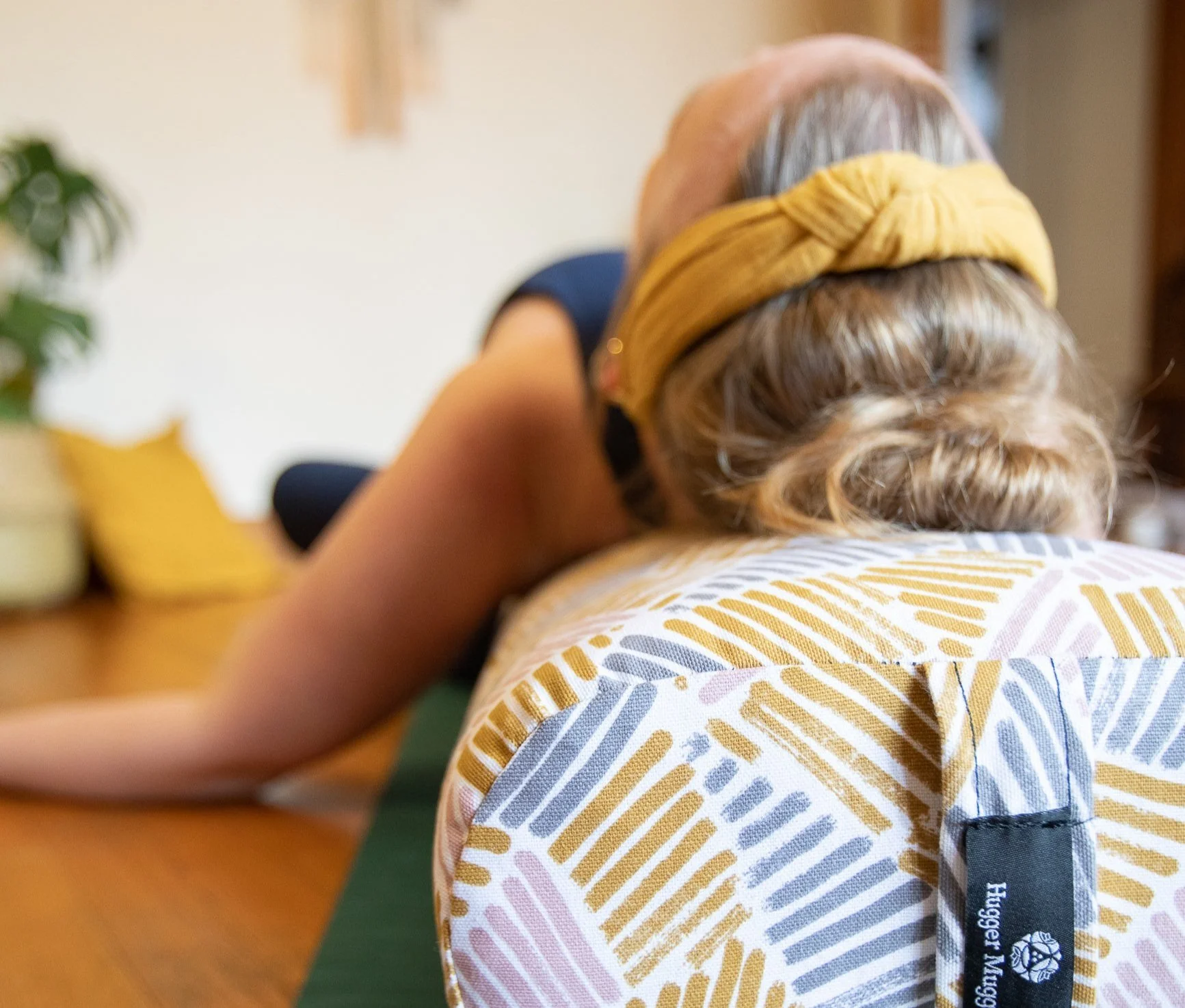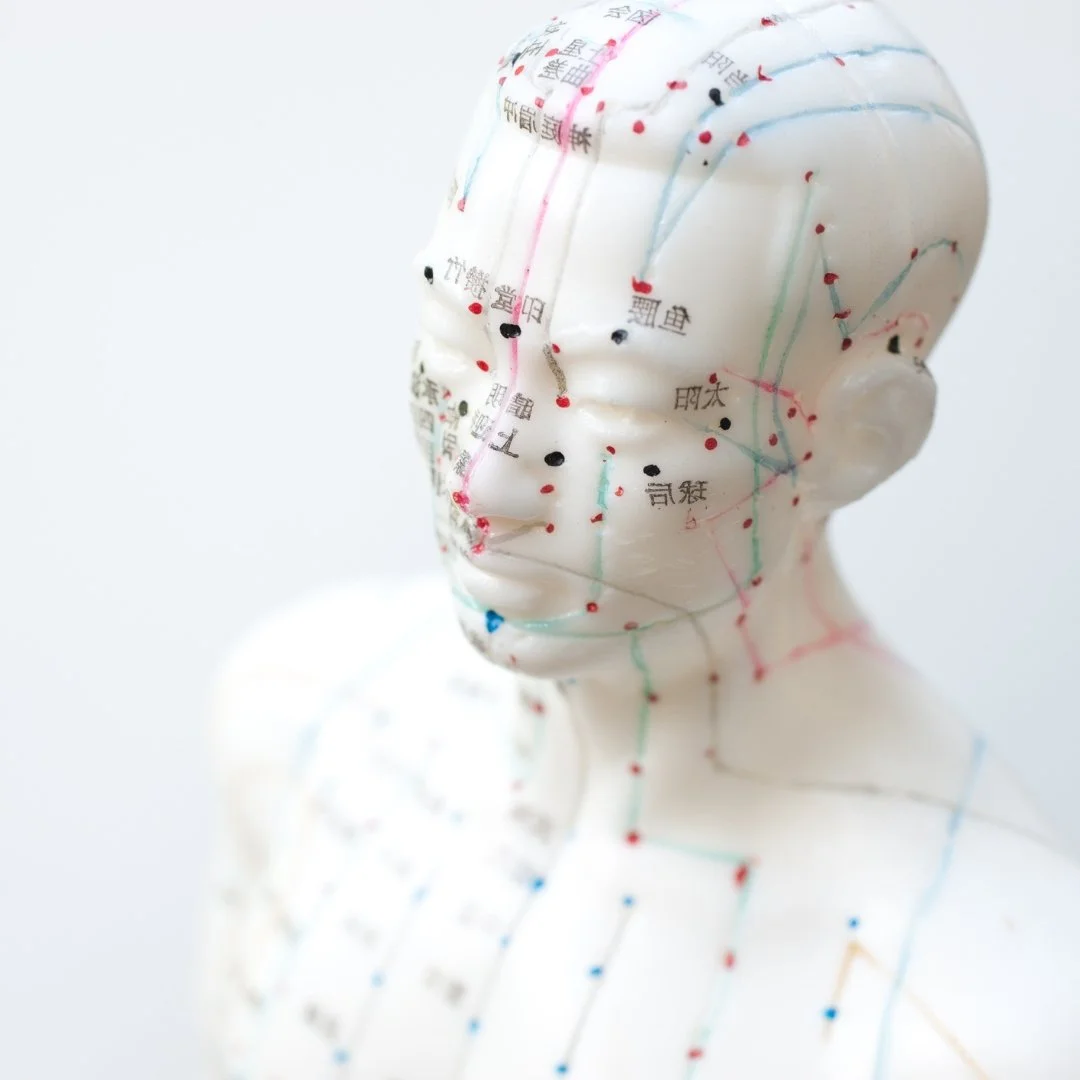
Support Your Brain
Whether you're recovering from a brain injury, caring for someone who is, or simply want to support your brain health, there are simple, everyday tools to help.
From stress relief to cognitive support, these brain wellness practices are for anyone seeking to improve focus, mood, and long-term brain function.
Yoga and Meditation
-
Reduces cortisol, your body’s main stress hormone.
Increases GABA, a brain chemical that helps you feel relaxed.
Even one session can lower stress and boost mood.
-
Improves neuroplasticity—your brain’s ability to adapt and recover.
Supports better memory, focus, and mental clarity.
Great for both brain injury recovery and long-term brain health.
-
Poses and deep breathing increase oxygen-rich blood flow to the brain.
This boosts mental energy, emotional balance, and focus.
Better circulation means better brain function.
-
Yin Yoga
Yin yoga is a slow, meditative style of yoga where you hold poses for several minutes. This helps release deep tension in the body—especially in the hips, back, and shoulders.
It also teaches you to be present with uncomfortable emotions or sensations as they arise, making it a powerful tool for calming the nervous system and reducing stress.Best for: releasing tension, improving flexibility, emotional awareness, and nervous system regulation.
Restorative Yoga
Restorative yoga uses props like blankets and bolsters to fully support the body in restful poses. The goal is total relaxation—physically, mentally, and emotionally.
You stay in each pose for several minutes while breathing deeply, allowing your body to shift into rest and repair mode.Best for: reducing anxiety, easing fatigue, improving sleep, and supporting recovery from trauma or brain injury.
Yoga Nidra
Yoga Nidra (or “yogic sleep”) is a deeply restful practice done lying down, guided by a voice that leads you through body awareness and visualization.
You remain awake but enter a state between sleep and consciousness, perfect for calming the mind and restoring the nervous system.Best for: improving sleep, managing stress or PTSD, and giving the brain time to reset and recover.
-
The LoveYourBrain Foundation is a nonprofit organization that enhances the quality of life for individuals affected by traumatic brain injuries and promotes awareness about the importance of brain health.
Denise Druse on YouTube - Classes from Beginner Yoga to Meditation. An amazing teacher and someone we personally admire. Free
Yoga with Adriene YouTube - She has it all from beginner to advanced. If you’re short on time she offers classes from 10 minutes to 60 minutes. Free
-
Guided Meditation
A recorded or live voice leads you through the meditation.
Helpful for: reducing anxiety, staying focused, and building routine.
Body Scan
Gently noticing each part of the body, usually from head to toe.
Helpful for: calming the nervous system and increasing body awareness.
Breath Awareness (or Pranayama)
Focusing on your breath, or using techniques like slow exhaling.
Helpful for: stress relief, focus, and emotional regulation.
Loving-Kindness Meditation (Metta)
Repeating kind phrases to yourself and others (e.g., “May I be safe”).
Helpful for: emotional healing, self-compassion, and trauma recovery.
Sound Meditation or Nature Sounds
Listening to calming tones, music, or natural soundscapes.
Helpful for: relaxation and presence without needing intense focus.
Acupuncture
While it isn’t a cure-all for concussion or post-concussion syndrome, it can be effective for managing issues like headaches, neck and back pain, and nausea.
-
Acupuncture is a traditional Chinese medicine practice used for over 2,000 years. It involves inserting thin needles into specific points on the body to support healing. These points are believed to balance energy and activate the body’s natural pain-relief systems. Today, acupuncture is often used to help with pain, stress, and post-concussion symptoms.
-
The needles are very thin. Overall there is no pain. However, sometimes a muscle is so tight that there can be a slight pinch when the needles are inserted. After patients say, they feel relaxed or energized.
-
Headaches & Migraines
Acupuncture is one of the most researched alternative treatments for chronic headaches and migraines.
Studies show it can reduce frequency and intensity over time.
Neck & Back Pain
Often used for musculoskeletal pain and tension, especially after whiplash or trauma.
Anxiety & Depression
Regulate the autonomic nervous system and support emotional balance.
Some studies show increased serotonin and dopamine activity after acupuncture.
Sleep Issues & Fatigue
Helps regulate the body’s sleep-wake cycle by calming the nervous system.
Can improve sleep quality in people with insomnia or post-TBI fatigue.
Stress Reduction
Triggers the parasympathetic (“rest and digest”) response, lowering stress hormone levels like cortisol.
Digestive Health
Improve symptoms of nausea, bloating, and irregular digestion—common after brain injury or chronic stress.
Cognitive Function Support
May increase cerebral blood flow, potentially supporting focus, clarity, and healing after a brain injury.
Hormonal Balance & Menstrual Regulation
Can be helpful in managing hormonal symptoms related to stress, injury, or cycle disruption.
Boosting Natural Pain Relief
Stimulates endorphin release (your body’s own painkillers), which can reduce pain without medication.
More Modalities
-
A gentle, hands-on technique that focuses on the bones of the skull, spine, and pelvis. By working with these areas, practitioners help release tension in the membranes and cerebrospinal fluid surrounding the brain and spinal cord.
This can support the body’s natural ability to relax, rebalance, and heal—especially within the nervous system. -
A chiropractor may gently adjust the top bones in your neck (called C1 and C2) to help relieve symptoms of post-concussion syndrome (PCS).
When these bones are misaligned, they can affect blood flow to the brain, put pressure on the brainstem, and interfere with how cerebrospinal fluid drains, all of which may contribute to ongoing symptoms like headaches, dizziness, or brain fog. -
Infrared light therapy (also called red light therapy) is a treatment that may help the brain heal after a concussion or brain injury. It uses special light to go into the skin and support healing deep in the body. This kind of light can help reduce swelling in the brain, improve blood flow, and give brain cells more energy to repair themselves.
Some people say it helps with headaches, brain fog, low energy, and trouble focusing. It’s not a cure, but it may be a helpful tool along with other treatments. Infrared light therapy is gentle, safe for most people, and could support your brain as it recovers.


